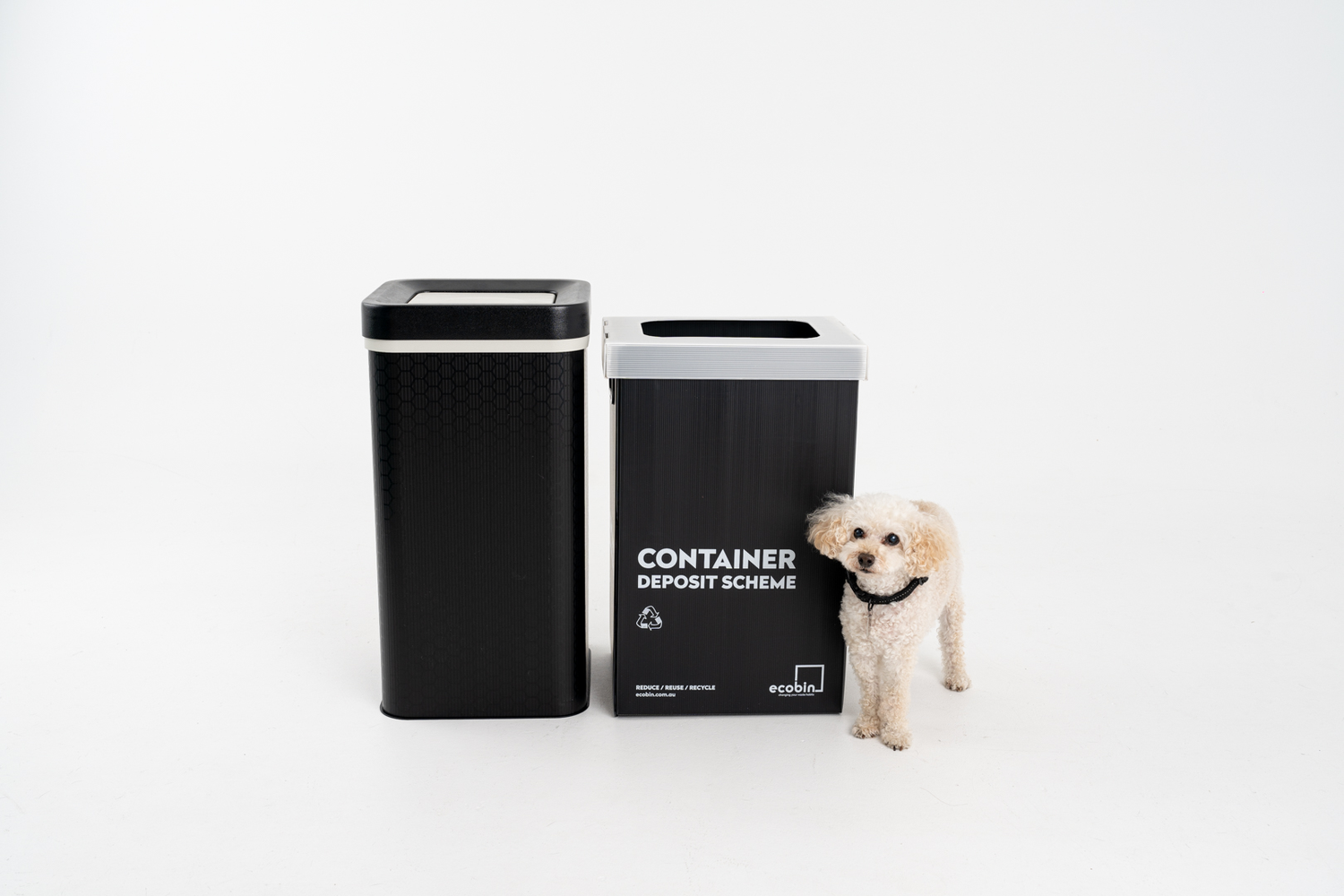
E-waste Recycling
Recycling e-waste was introduced to protect environmental health and reduce the environmental pollution impacts of incorrectly disposing of e-waste.
According to the statistics, as much as 50 million tonnes of electronic and electrical (e-waste) is disposed every single year across the globe. Out of this only 10 to 20 percent of its disposal done properly, or you can say formally recycled. Although, most of the material that is used in making these electronic and electrical devices can be recovered, reused and recycled. This material includes plastic, copper, tin, iron, aluminum, titanium, gold, silver, glass, etc.
It’s hard to believe but 70% of the toxic materials in landfills are comprised of e-waste. Some of the toxic waste found in electronics are lead, mercury, cadmium, arsenic, barium, antimony, beryllium, brominated flame retardants or polychlorinated biphenyls (PCBs), etc. In Fact, CRT monitors and televisions which are not used anymore but were there in every household a few years back, contained about five pounds of lead in every unit, yikes!
If we look closely at the quantity of e-waste we need to deal with, we have two major reasons -
- Consumers want new things.
- The manufacturers are designing updated and advanced technology, or making products that wear out quicker than you can say ‘that’s so last year’
